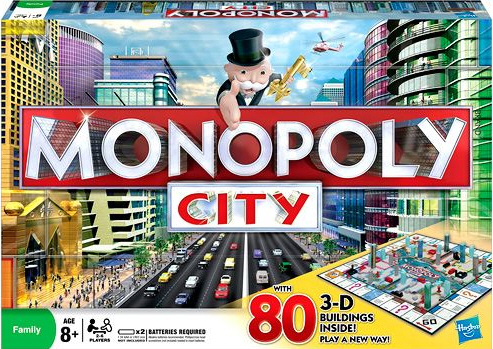 Distributor: Hasbro
Distributor: Hasbro
I’ve never been much of a Monopoly fan. I found Monopoly deals often became lengthy, placing games on indefinite hold between each turn. If such deals weren’t made, however, it would be nearly impossible to get a monopoly and start building property. The whole process easily became tedious and not very fun.
Monopoly City introduces a host of improvements to the original game. While the goal of the game remains the same (acquire as many monopolies as possible and have the most money by game end), game mechanics are slightly different. Turns still consist of roll, move, and proceed as necessary, but new concepts greatly improve the new game:
Building:
Thankfully, players no longer have to wait for a monopoly to build – a new rule that jump starts play right away. Players may immediately build on any district they own and can choose between building residential or industrial properties. Industrial buildings are pricier, but aren’t affected by “bonus structures” like dumps or schools. Residential properties are cheaper, but if someone builds a sewage plant or prison on your district, all residential buildings are automatically devalued until the sink is removed. Build a park or water tower, however, and your residences are safe.
Although players may build on every turn, the use of a battery-powered “trading unit” restricts the number of blocks you may build at once. Districts may fit up to a maximum of eight residential and/or industrial blocks, not including bonus buildings or railroads. If dictated by a favorable “roll” of the trading unit, railroads may be built along the edges of the board as portals, allowing users to jump from one railroad property to another, avoiding high-rent locations.
What’s the point of Monopoly if you don’t have to wait to get a monopoly anymore? Once you own two districts of the same colour, you may purchase a stadium, which allows you to collect $1,000,000 more each time you pass Go. Own 3 districts of the same colour? Build a Skyscraper and double the rental value of that colour. Have 2 Monopolies? Be the first to purchase the Monopoly tower and double the rent of all properties you own!
Time:
Monopoly City’s rules state that all deals must be offered and concluded within 50 seconds. If the deal hasn’t been concluded within that time, which is tracked by the nifty trading unit’s timer, the deal is closed and no changes are made. If a player lands on a property that he or she does not want or cannot afford, it must go up for auction. Auctions also last for 50 seconds, after which the property in question goes to the highest bidder.
Timed deals and auctions ensure that the game goes considerably faster than the original Monopoly. The auctioning process also ensures that the first half of the game will not be wasted in disinterested waiting, watching, and hoping to land on valued properties before others.
In addition to keeping track of timed deals and auctions, the trading unit also keeps track of how long you have played. If an hour is up, the timer will beep until it is reset, allowing another hour of play. As a result, players can set a goal of how long they want to play. Time’s up? The player with the most money at the end of the designated hour wins.
Appearance:
Monopoly City’s vamped up appearance definitely provides a sense of novelty and change from the age old game. Instead of building along the edges of the board, buildings of varying sizes and colours are constructed in the board’s centre, creating a miniature Monopoly metropolis. As mentioned above, users are also given the opportunity to construct other bonus buildings: parks, water towers, wind farms, and schools or prisons, landfills and sewage dumps. As a result, the action occurring at the centre of the board looks and feels more interactive since you can witness buildings of different colours and sizes grow and you can watch as players’ fates are thwarted or enhanced by additional construction.
Drawbacks:
Unfortunately, no game is perfect. Monopoly City’s colour choices are a bit off-putting. The industrial buildings are attractive blue skyscrapers and art-deco huts, but the bonus buildings are a garish red or black and the residential buildings are boring beige.
Furthermore, as in the original game, as the game draws on and monopolies are established, players may still often fall into a rut of waiting and watching to see who lands on a mega-monopoly and hits broke first. After awhile, if players are evenly matched in skill, only so many deals may be made and skyscrapers may be built before the real game becomes one of chance rolls. To avoid this situation, the timed game of an hour or two is probably most ideal, although there are still many players who’d like to play the game to its end.
Despite these drawbacks, the game’s speed, enhanced appearance, and fast-paced interaction combine to make Monopoly City one of my best-loved versions of this traditional board game. Now all Hasbro has to do is make “Monopoly City: Toronto”, complete with our Entertainment District, Financial District, Distillery District, suburbs (Markham, please!) and the CN Tower in place of the Monopoly Tower. After that, I’ll be perfectly content.
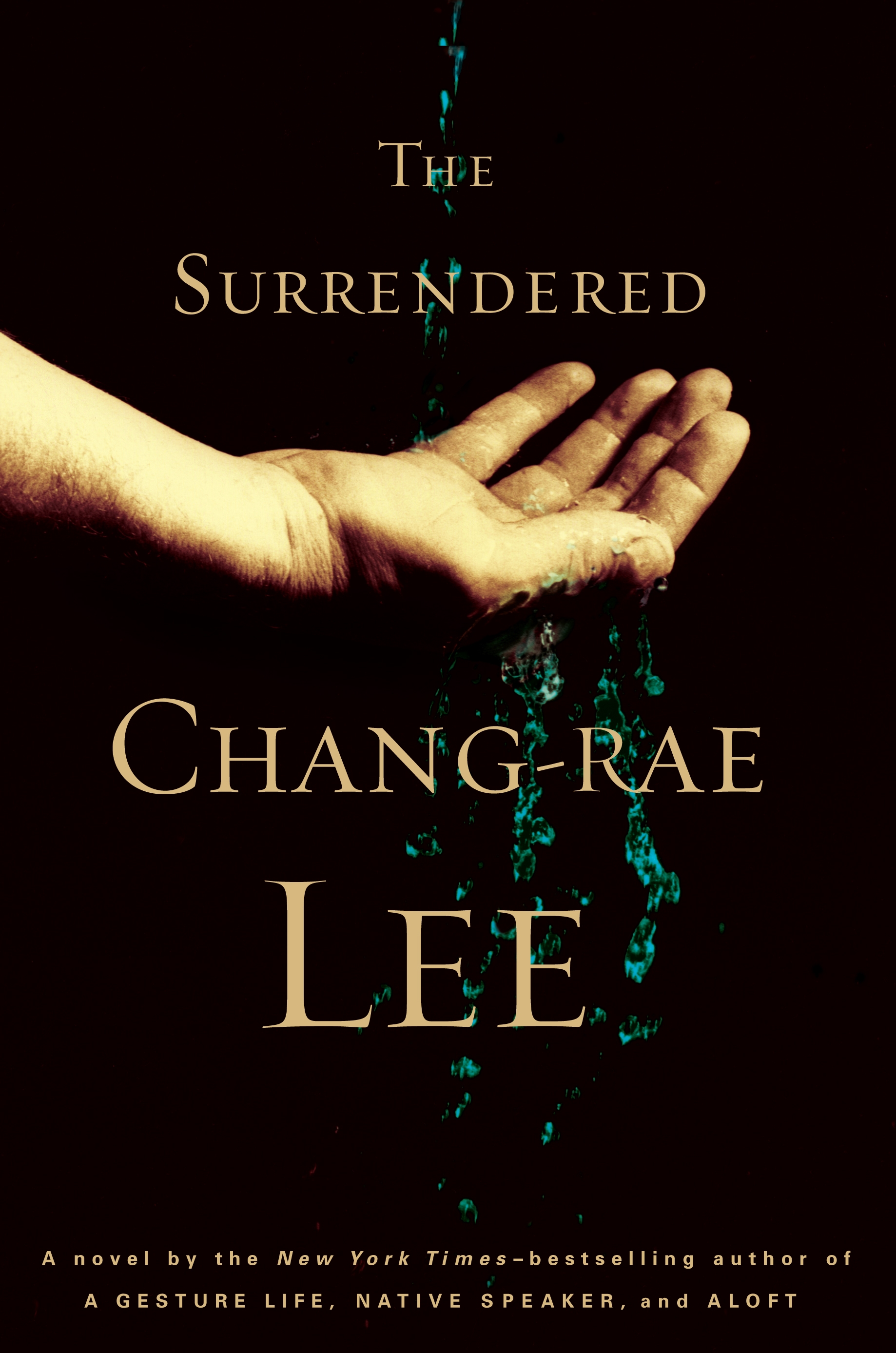




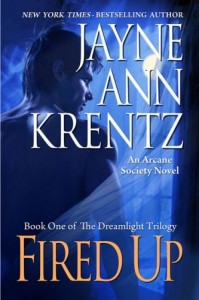

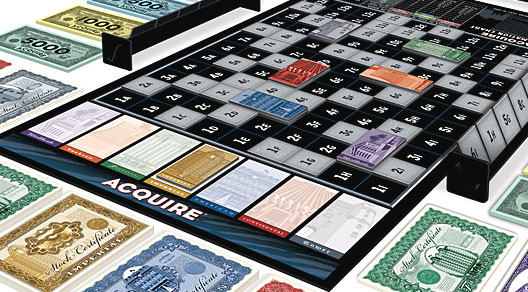
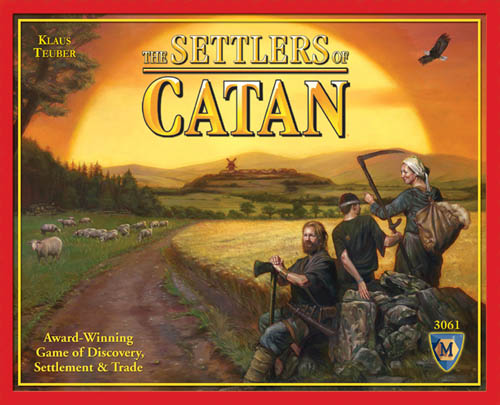

 I recently joined
I recently joined  Check out my
Check out my